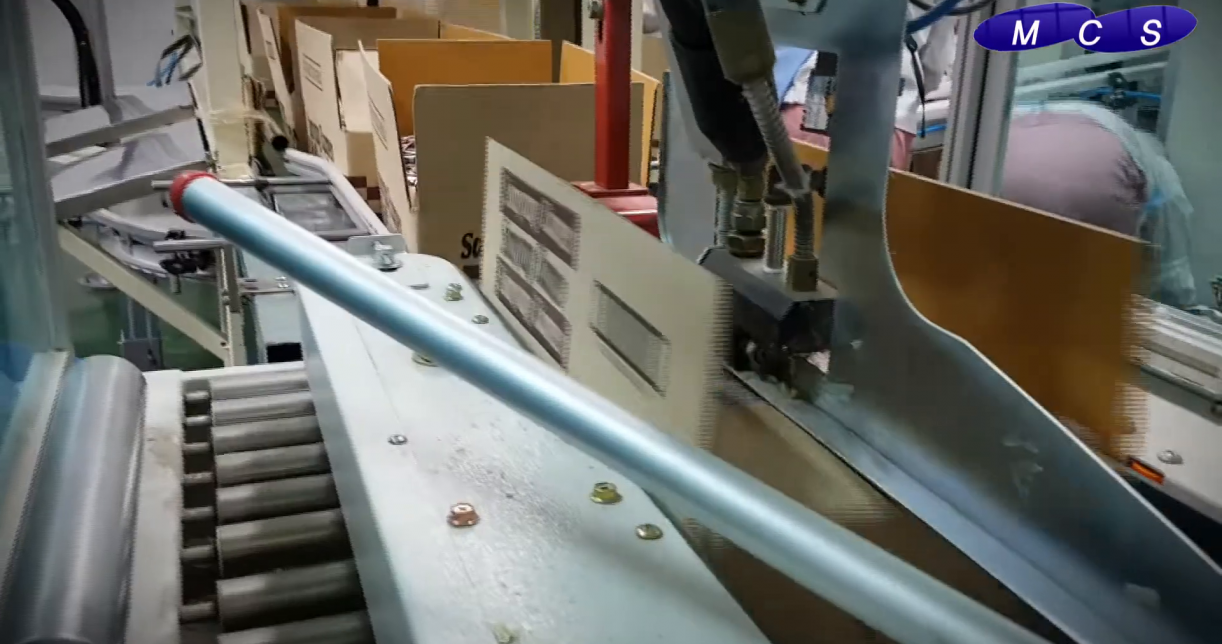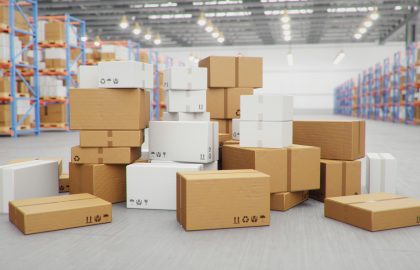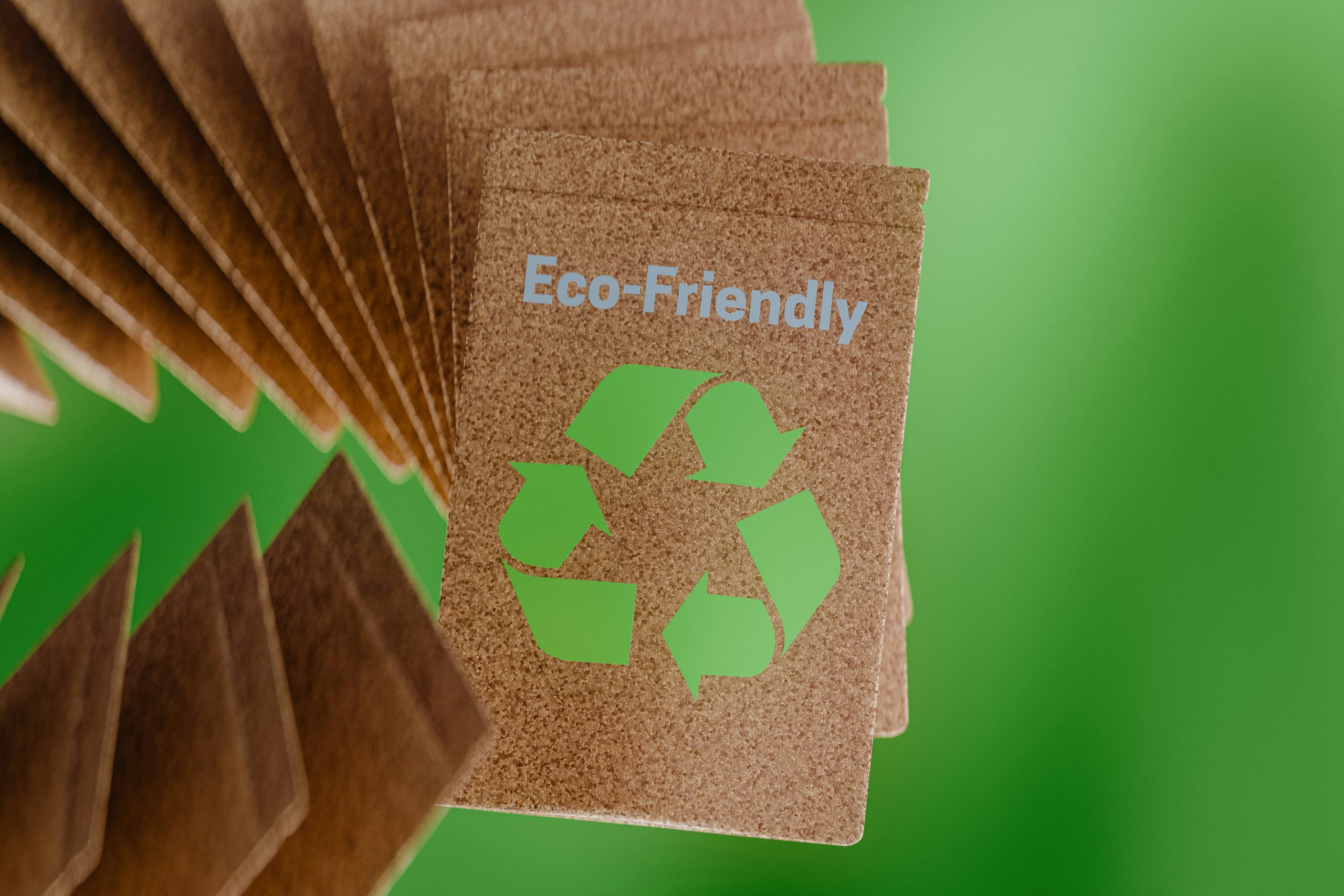
Packaging Implementations Using Hot Melt Adhesives
Hot melt adhesives have become a cornerstone of the packaging industry due to their versatility, efficiency, and durability. From food packaging to e-commerce parcels, hot melt adhesives provide reliable sealing solutions that cater to the diverse needs of modern packaging requirements.
This article explores how hot melt adhesives are implemented across different packaging applications and why they are the preferred choice for many industries.
Key Features of Hot Melt Adhesives in Packaging
- Fast Setting Time: Enables high-speed production lines to operate without delays.
- Strong Adhesion: Provides secure bonding for various materials, including cardboard, plastic, and metal.
- Temperature Resistance: Withstands extreme hot and cold conditions during transportation and storage.
- Eco-Friendly Options: Many formulations are non-toxic and recyclable, aligning with sustainability goals.
- Cost-Effectiveness: Low material and operational costs make it a budget-friendly choice.
Advantages Over Traditional Adhesives
- No drying time is needed, as they solidify upon cooling.
- Reduced risk of spills or messes during application.
- Improved compatibility with automation systems in packaging plants.

Key Features of Hot Melt Adhesives in Packaging
- Fast Setting Time: Enables high-speed production lines to operate without delays.
- Strong Adhesion: Provides secure bonding for various materials, including cardboard, plastic, and metal.
- Temperature Resistance: Withstands extreme hot and cold conditions during transportation and storage.
- Eco-Friendly Options: Many formulations are non-toxic and recyclable, aligning with sustainability goals.
- Cost-Effectiveness: Low material and operational costs make it a budget-friendly choice.
Advantages Over Traditional Adhesives
- No drying time is needed, as they solidify upon cooling.
- Reduced risk of spills or messes during application.
- Improved compatibility with automation systems in packaging plants.
Applications of Hot Melt Adhesives in Packaging
- Carton Sealing and Box Closures
Hot melt adhesives are widely used for sealing cartons and boxes in industries like retail, e-commerce, and FMCG (Fast-Moving Consumer Goods).
- Benefits:
- Ensures a tamper-proof seal.
- Withstands the rigors of transportation and handling.
- Compatible with various box sizes and materials.
- Food and Beverage Packaging
In the food industry, hot melt adhesives play a crucial role in sealing packages like trays, cartons, and cases.
- Key Features for Food Packaging:
- Food-safe formulations compliant with health regulations.
- Resistance to temperature fluctuations during refrigeration or heating.
- Ability to seal quickly in high-speed production environments.
- Flexible Packaging
Flexible packaging, such as pouches and bags, benefits from hot melt adhesives for secure seals.
- Common Applications:
- Stand-up pouches for snacks and beverages.
- Sealed bags for frozen or dry goods.
- Labeling and Graphics
Hot melt adhesives are commonly used in applying labels to bottles, cans, and packages.
- Advantages in Labeling:
- High adhesion strength for various surfaces, including glass and plastic.
- Resistant to moisture and condensation, making it ideal for beverages.
- Ensures a smooth, bubble-free finish for aesthetic appeal.
- E-Commerce Packaging
With the rise of online shopping, hot melt adhesives have become indispensable for sealing and securing parcels.
- Benefits in E-Commerce:
- Provides tamper-evident seals.
- Adapts to automated packaging systems.
- Ensures packages arrive intact despite long transit times.
- Specialty Packaging
Hot melt adhesives are also used for unique packaging solutions such as gift boxes, cosmetics, and luxury goods.
- Features for Specialty Applications:
- Precision application for intricate designs.
- Enhanced aesthetics with invisible or color-matched adhesive lines.
. Cardboard and Paperboard
- Used for cartons, corrugated boxes, and trays.
- Provides strong bonding even on recycled materials.
- Plastics
- Ideal for flexible films, PET bottles, and shrink wraps.
- Resistant to moisture and temperature changes.
- Metal and Glass
- Common in beverage bottles and canned goods.
- Ensures a durable bond even on smooth, non-porous surfaces.
- Automation-Friendly: Easily integrated into high-speed packaging lines for faster production.
- Reduced Waste: Precise application minimizes material usage.
- Energy Efficiency: Hot melts require less energy for application compared to other adhesives.
Future Trends in Packaging with Hot Melt Adhesives
- Sustainability: Increased focus on biodegradable and recyclable adhesive formulations.
- Smart Packaging: Integration with RFID tags and sensors using adhesive-based bonding.
- Advanced Formulations: Improved cold resistance for frozen goods and high-performance adhesives for extreme environments.
Conclusion
Hot melt adhesives have transformed the packaging industry with their reliability, efficiency, and adaptability. From carton sealing to specialty packaging, these adhesives ensure strong, durable bonds while keeping pace with modern production demands.
As industries continue to innovate and prioritize sustainability, hot melt adhesives will remain a key player in driving packaging solutions forward. Whether you’re in food, e-commerce, or any other sector, hot melt adhesives are the glue that holds everything together—literally.

